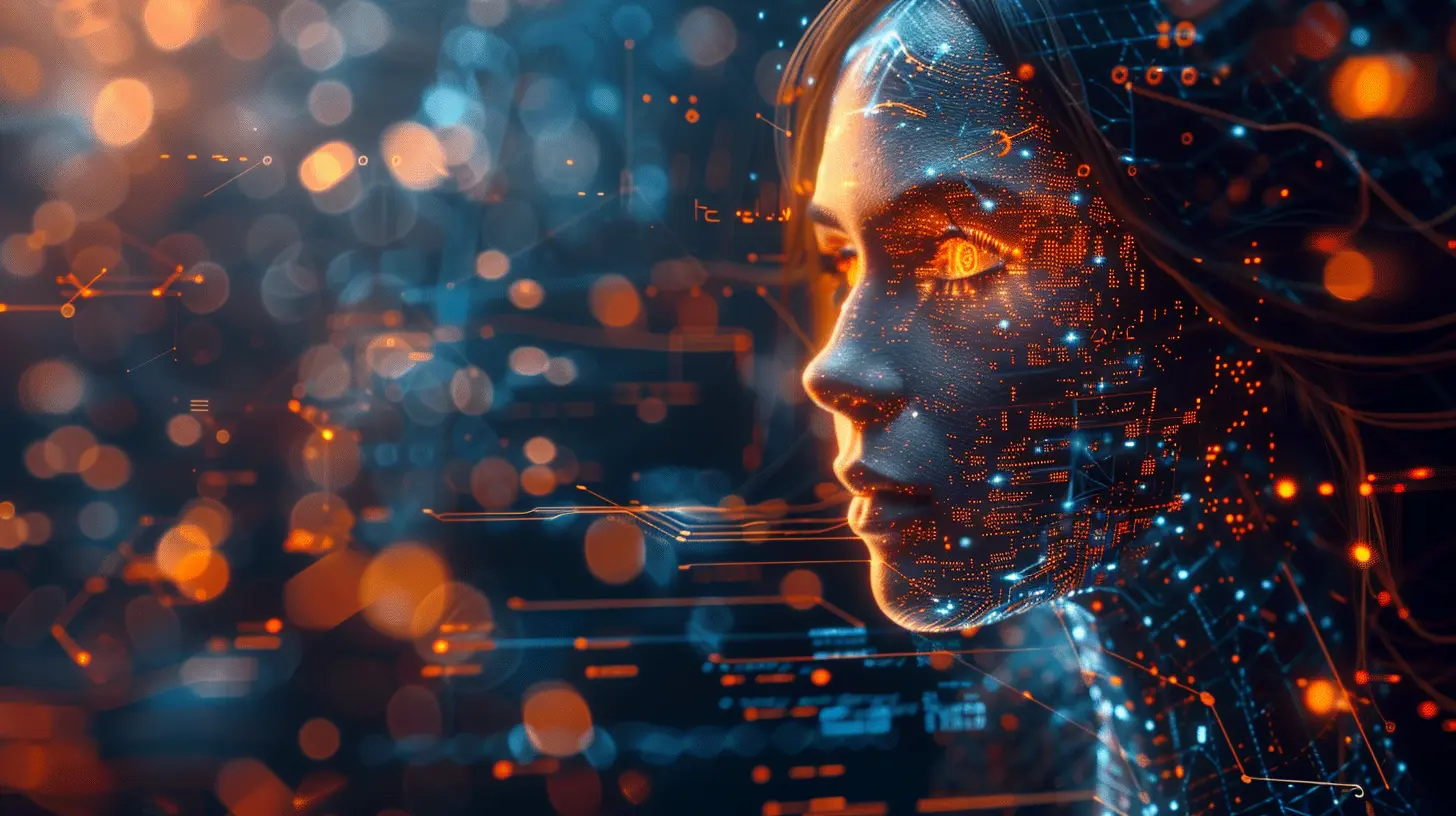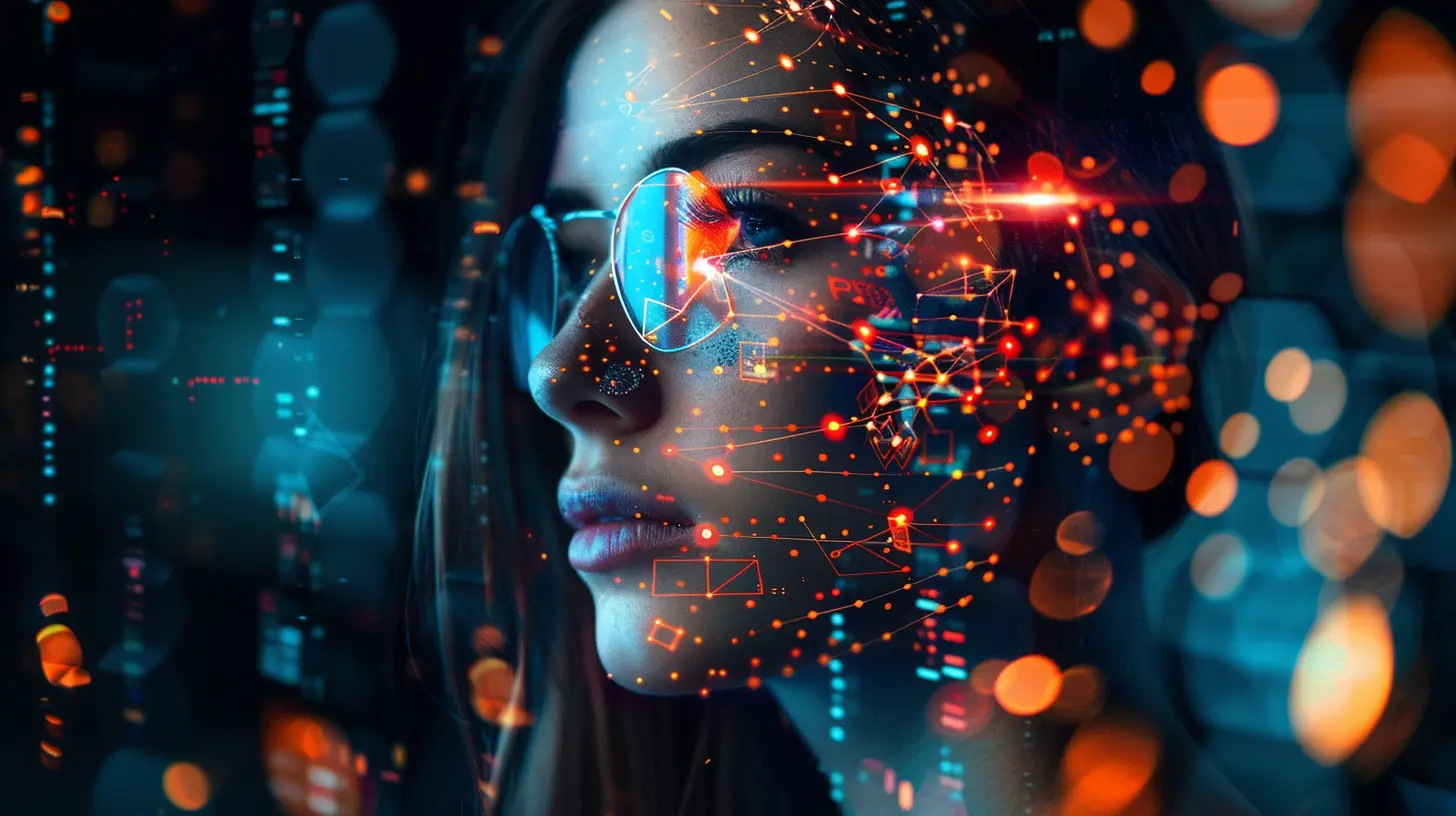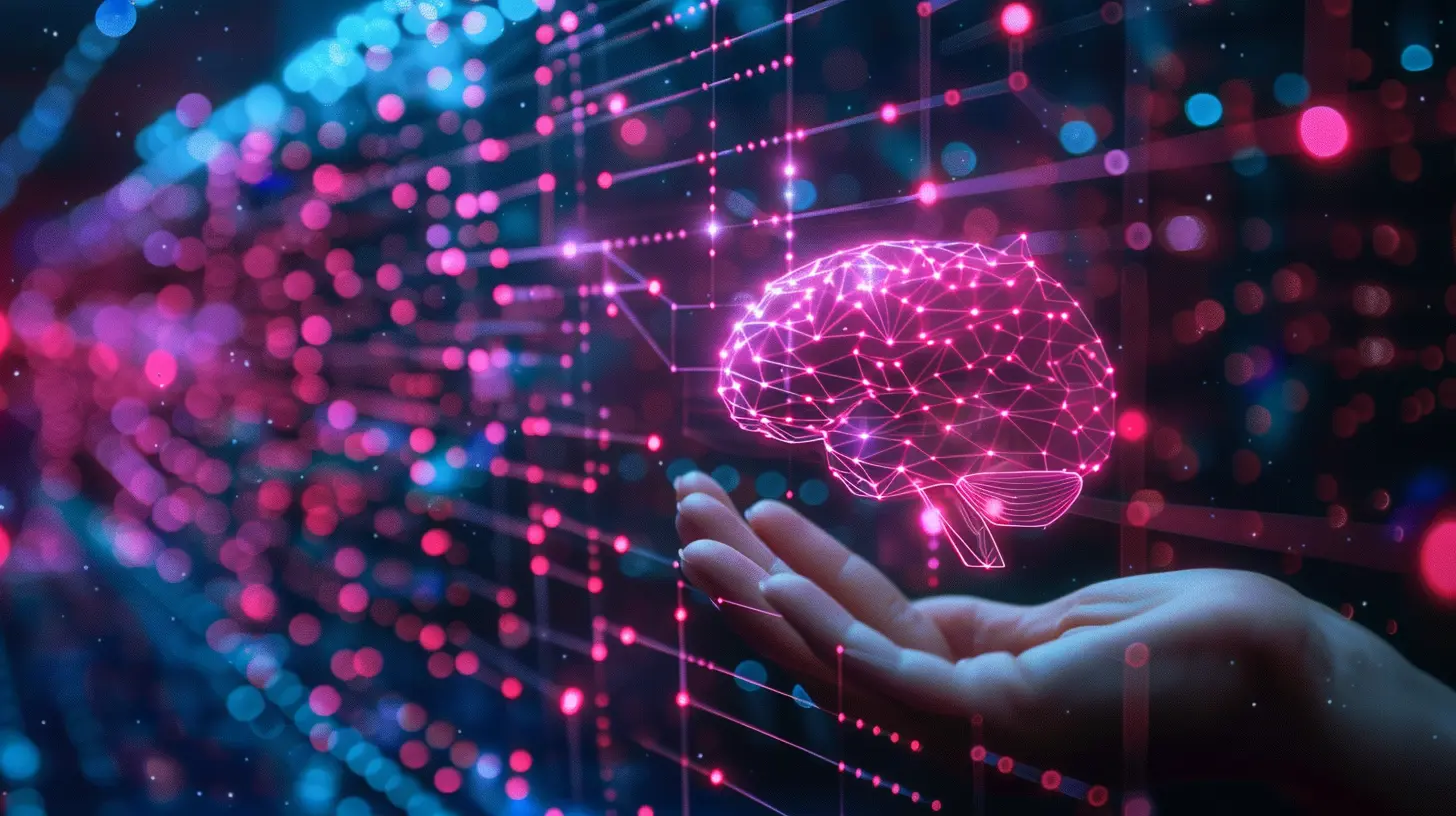How Cognitive Science Informs Artificial Intelligence
24 November 2025
Artificial Intelligence (AI) has come a long way, but it's not just computer scientists fueling the progress. Cognitive science—our understanding of how the human mind works—plays a massive role in shaping AI. After all, if we’re trying to build intelligent machines, doesn’t it make sense to take inspiration from the most intelligent system we know: the human brain?
In this article, we’ll break down how cognitive science informs artificial intelligence, revealing the deep connections between the two and where this fusion is taking us. 
What Is Cognitive Science?
Cognitive science is the interdisciplinary study of the human mind and its processes, blending psychology, neuroscience, linguistics, philosophy, anthropology, and even AI itself. It tries to answer big questions like:- How do we think?
- How do we learn?
- What makes human intelligence unique?
By understanding how humans process information, make decisions, and solve problems, scientists can apply these insights to building smarter AI systems. The goal? Machines that don’t just compute but actually “think” in a way that mirrors human cognition. 
How Cognitive Science Shapes AI
AI is often inspired by how our brains work. Here’s how cognitive science has directly influenced AI development:1. Neural Networks and Brain Function
Ever heard of artificial neural networks (ANNs)? They were designed based on how neurons in our brain communicate. In the human brain, neurons fire signals to each other, strengthening or weakening connections based on experience—a process called synaptic plasticity.Similarly, neural networks in AI adjust their "weights" based on training data, mimicking how we learn from experience. This is what powers deep learning models, enabling AI to recognize patterns, translate languages, and even generate human-like text (like this very article!).
2. Memory and Learning Algorithms
Humans learn by storing and retrieving information over time. AI systems do something similar through machine learning algorithms. For instance:- Supervised Learning: This mirrors how we learn with guidance. Imagine a child learning to recognize animals with the help of a teacher. AI does the same by being trained on labeled data.
- Unsupervised Learning: This is more like discovering patterns on your own—like figuring out similarities between different types of cuisine without someone telling you about them. AI uses statistical techniques to find hidden patterns in data.
- Reinforcement Learning: Remember how kids learn to walk? They try, they fall, they adjust, and eventually, they get it right. AI uses reinforcement learning in much the same way, receiving rewards or penalties for its actions until it masters a task.
3. Decision-Making and Problem-Solving
Humans make decisions based on logic, experience, and sometimes, gut feeling. AI, on the other hand, relies on algorithms that mimic human reasoning. For example:- Heuristics in AI: Just like we use shortcuts to make decisions fast (like choosing a restaurant based on Yelp reviews instead of analyzing every menu in town), AI uses heuristics to speed up problem-solving.
- Bayesian Networks: These help AI weigh probabilities, similar to how we make decisions based on incomplete information. Imagine predicting the weather—if the sky is cloudy, and you know it's been raining a lot lately, you'll guess it might rain again. AI does the same with data.
- Cognitive Biases in AI: Interestingly, since AI is trained on human-generated data, it sometimes inherits our cognitive biases. This is why researchers are working hard to make AI decision-making more fair and unbiased. 
Language Processing: Bridging Human and AI Communication
One of the biggest breakthroughs in AI is Natural Language Processing (NLP), which lets machines understand and generate human language. Ever chatted with Siri or asked Alexa about the weather? That’s NLP in action.Cognitive science plays a crucial role here, especially in understanding how humans process language. Language isn’t just about words—it involves meanings, context, emotions, and even unspoken implications. AI models, like GPT (which powers ChatGPT), are improving by learning from vast amounts of text and mimicking the way we communicate.
However, AI still struggles with things like sarcasm, humor, and nuance—things that come naturally to humans. But as cognitive science progresses, so will AI’s ability to truly comprehend and produce human-like language. 
Perception and AI: Seeing and Understanding the World
Humans don’t just process information in a vacuum—we rely on our senses. Cognitive science studies how we perceive the world, and AI attempts to replicate this ability.- Computer Vision: Inspired by how humans recognize faces, objects, and movements, AI uses image recognition to "see." This is why your phone can unlock by recognizing your face.
- Speech Recognition: Ever wondered how AI can convert spoken words into text? It’s mimicking how our brains process sound. Speech recognition tech like Google Voice and Apple’s Siri is improving rapidly thanks to cognitive science.
Despite these advancements, AI perception is still limited. Machines struggle with understanding context in the way humans do. For instance, AI might identify a cat in a picture but might not grasp whether it’s sleeping, scared, or playing.
Emulating Human Creativity and Emotion
Can AI be creative? Well, yes and no. It can generate paintings, write music, or even craft poetry—but is it really "feeling" creativity, or is it just mimicking patterns it has learned?Cognitive science explains how human creativity works, and AI is now being trained to replicate it. AI-generated art, music, and even fiction are on the rise, showing us that while AI may not truly "think" like humans, it can certainly produce human-like outputs.
Emotion, however, is a different story. While AI can recognize emotions (like detecting whether a customer sounds frustrated on a call), it doesn’t truly "feel." Cognitive scientists are studying whether AI can develop some form of synthetic emotional intelligence, but we’re not there yet.
The Ethical Side: Where Do We Draw the Line?
The closer AI gets to human-like intelligence, the more ethical dilemmas arise. Questions like:- Should AI make decisions about people’s lives (like hiring processes or medical diagnoses)?
- How do we prevent AI from inheriting human biases?
- Will AI ever become self-aware, and if so, what does that mean for humanity?
Cognitive science helps guide these discussions by reminding us of the limits of artificial cognition and the importance of human oversight. AI is a tool, not a replacement for human intelligence—at least, not yet.
The Future: Where Is AI Headed?
As cognitive science and AI research continue to evolve, we can expect AI to become:- More human-like in reasoning and learning
- Better at understanding emotions and social cues
- More creative in problem-solving
- Less biased and more ethical
The journey of AI is far from over, and cognitive science will remain its greatest inspiration. If we ever reach a future where AI can truly think, learn, and maybe even "understand" in the way humans do, cognitive science will have played a monumental role in getting us there.
Final Thoughts
Cognitive science isn't just an inspiration for AI—it’s the foundation upon which AI is built. From learning and decision-making to language and creativity, AI takes cues from how our minds work. While AI is still far from replicating the full complexity of human thought, the more we understand our own minds, the closer we get to building truly intelligent machines.For now, AI remains a powerful tool, one that’s evolving rapidly but still relies heavily on human ingenuity. Perhaps one day, AI will not just be a reflection of human intelligence but something that rivals it. Until then, cognitive science will keep pushing the boundaries, shaping the future of artificial intelligence.
all images in this post were generated using AI tools
Category:
Cognitive ScienceAuthor:

Janet Conrad

